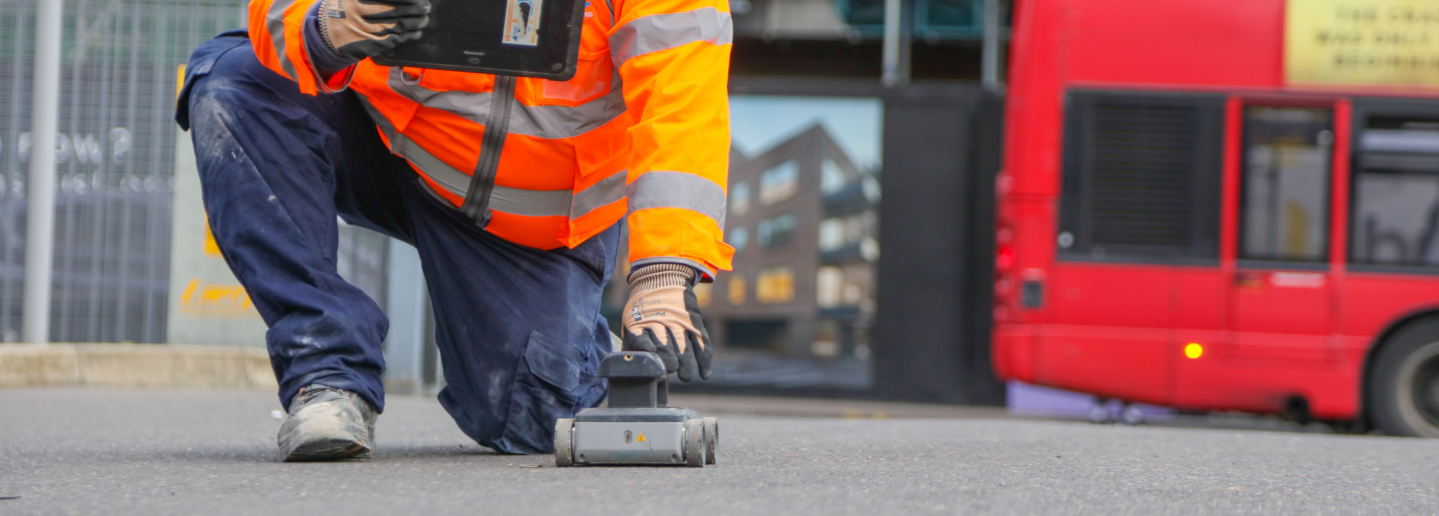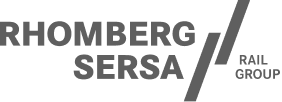Leading the way in concrete scanning technology
One of the UK’s leading concrete scanning firms, we’re made up of time-served structural investigation engineers, each with over 10 years’ experience working on some of the nation’s most recognisable projects.
Firmly at the forefront of concrete scanning technology, we use cutting-edge ferroscan, GPR scanning and ultrasound equipment to interrogate your structures, providing an insight into sub-surface elements, dimensions and anomalies. In doing so, we help educate the construction process, reducing stress within your team, enhancing productivity and practically eliminating downtime in the process.
As well as slabs, columns and beams, our concrete scanning specialists are able to use their non-intrusive technology to analyse larger concrete structures such as bridges, dock walls, tunnel soffits and more.
We understand that concrete scanning is often an unforeseen requirement, frequently not factored in to either budget or programme. As such, both time and costs can be of the essence. We are committed to offering a quality service at a genuinely competitive price, fielding multiple teams throughout the UK and able to respond promptly to any concrete scanning requirement. If you’re worried about GPR scanning costs or any other scanning costs, please get in touch to discuss concerns with us.
Get in touch.
The best way to contact us about Structural and Concrete Scanning is directly through our website. Just leave us your details and a quick overview of what you need, and we’ll get back to you as soon as possible.










